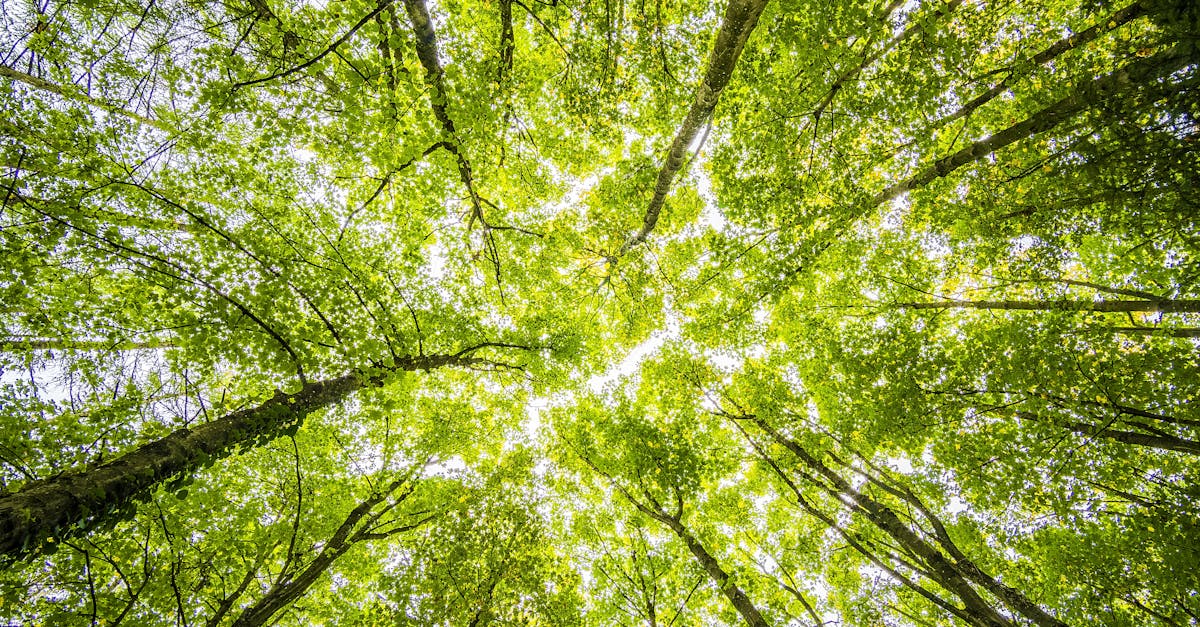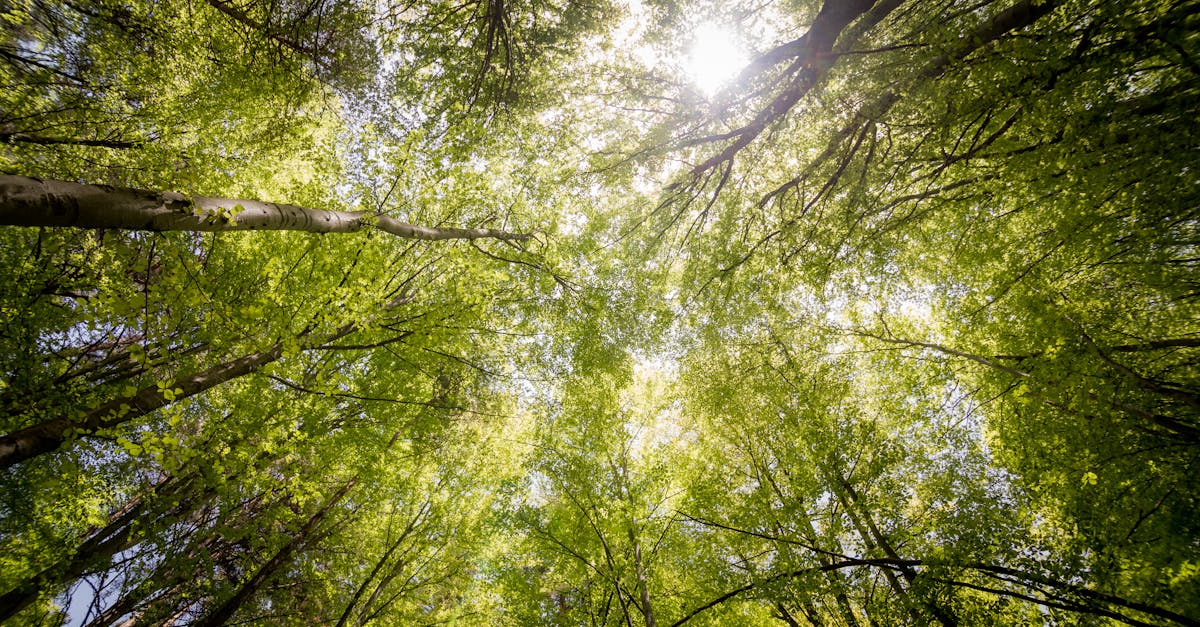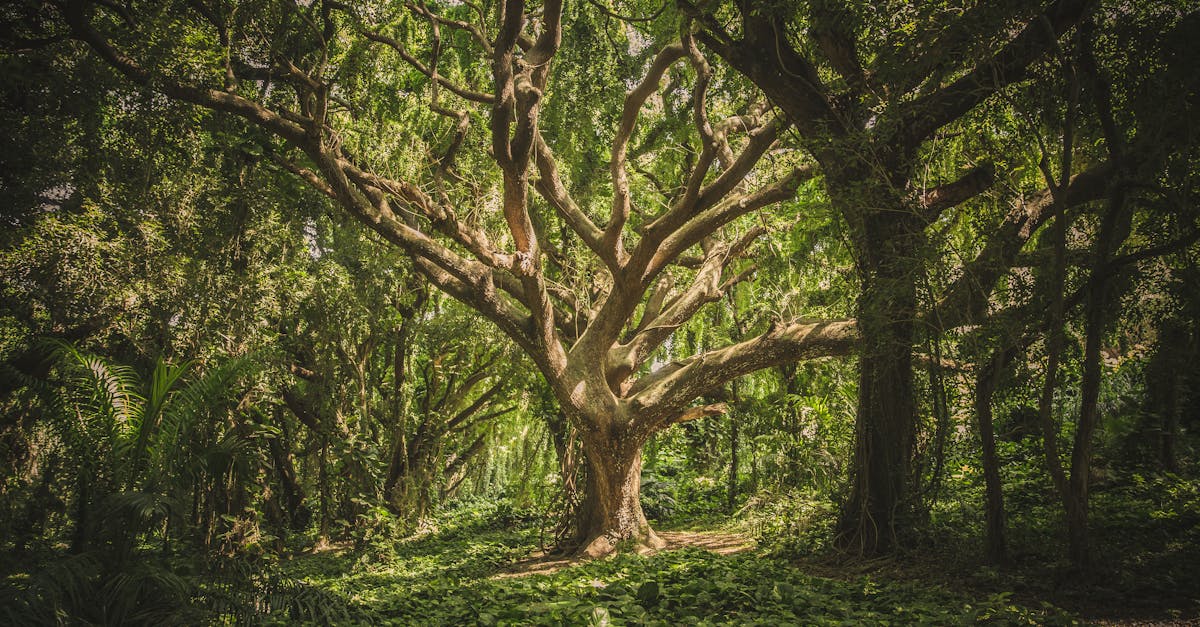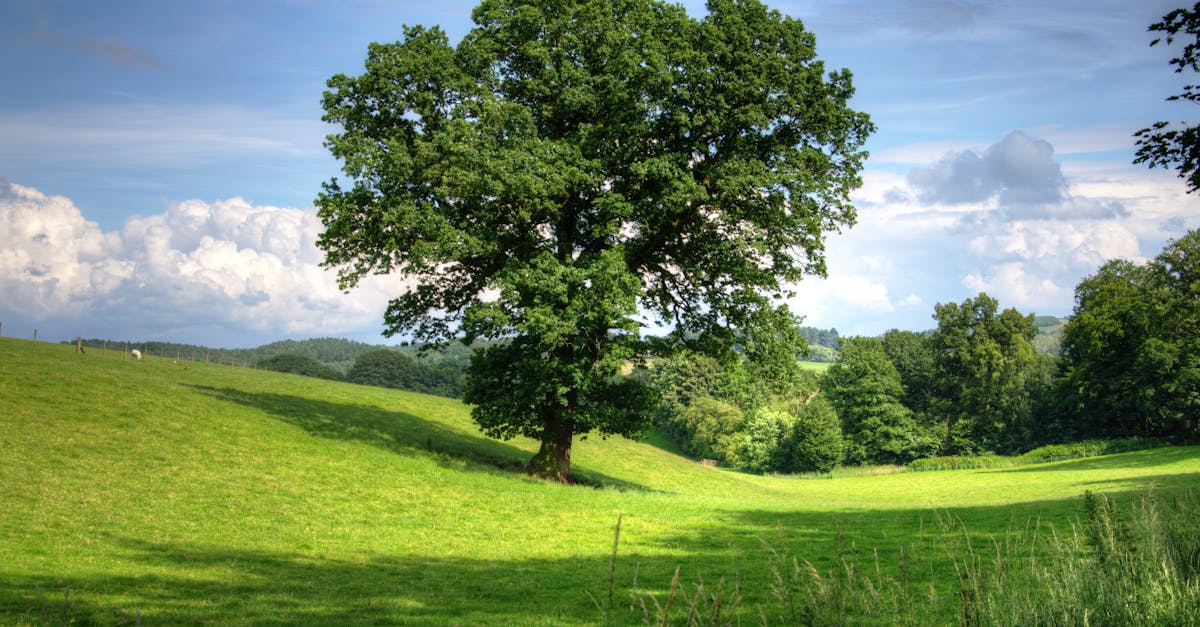
Frequency of Tree Risk Assessments
Tree Risk Assessment in Pompano Beach, Florida is a vital process in maintaining the safety of residents and property. Regular inspections help identify potential hazards posed by trees, allowing for necessary actions to be taken promptly. The frequency of tree risk assessments typically depends on various factors such as the location of the trees, their age, species, and any previous issues that have been recorded.
Property owners in Pompano Beach are advised to conduct tree risk assessments at least once a year, especially for trees located in high-traffic areas or those showing signs of decay or disease. However, in some cases where there is a higher risk involved, more frequent assessments may be necessary. By staying proactive and routinely assessing tree health and potential risks, property owners can mitigate any dangers posed by trees on their premises.
Recommended Assessment Schedule
Recommended Assessment Schedule
Tree Risk Assessment in Florida is an essential process that all property owners should prioritize for the safety of their surroundings. The frequency of these assessments varies depending on various factors such as the type, size, and health of the tree, as well as the environment in which it is situated. However, it is generally recommended to conduct tree risk assessments at least once a year to ensure early detection of potential hazards.
Regular tree risk assessments not only help in identifying potential dangers but also aid in developing effective mitigation plans to manage and reduce risks. Along with an annual assessment, property owners are advised to schedule immediate inspections after severe weather events or if any noticeable changes occur in the condition of the tree. By adhering to a structured assessment schedule, property owners can safeguard their premises and the surrounding community from potential disasters caused by tree-related hazards.
Legal Implications of Neglecting Tree Risks
Neglecting the risks associated with trees on properties can lead to serious legal implications for property owners. In the context of tree risk assessment in Florida, failing to regularly assess and address potential hazards may result in liability issues. Property owners have a legal duty to maintain a safe environment on their premises, and this includes ensuring that trees are regularly inspected for any signs of instability or disease that could pose a threat to individuals or property.
In the event of an accident caused by a neglected tree hazard, property owners may be held responsible for any resulting damages or injuries. Negligence in maintaining trees can lead to costly legal battles, as well as damage to one's reputation within the community. Tree risk assessment in Florida is not just a matter of safety, but also a crucial aspect of fulfilling legal obligations and protecting oneself from potential legal repercussions.
Responsibilities of Property Owners
Responsibilities of Property Owners
Property owners play a crucial role in ensuring the safety and well-being of individuals on their premises. When it comes to tree risk assessment in Florida, property owners are responsible for conducting regular evaluations to identify any potential hazards posed by trees on their property. These assessments are essential in mitigating the risks of tree failure and minimizing the potential for property damage or personal injury. By proactively addressing tree risks through regular assessments, property owners demonstrate their commitment to maintaining a safe environment for all individuals who frequent their property.
Failure to conduct timely tree risk assessments can have serious consequences, both from a liability and safety standpoint. Property owners must be diligent in assessing the health and stability of trees on their premises to prevent accidents and mitigate potential legal repercussions. By prioritizing tree risk assessment in Florida, property owners can not only protect themselves from costly lawsuits but also contribute to the overall safety and well-being of the community.
Community Safety Concerns
Community safety concerns are a critical aspect of tree risk assessment in Florida. Trees are not just beautiful additions to the environment; they can pose serious hazards if not properly assessed and managed. The most apparent risk is that of falling tree limbs or even entire trees, especially during storms or strong winds. These incidents can result in property damage, injuries, and even fatalities, emphasizing the importance of regular tree risk assessments in public spaces and residential areas.
In addition to the physical harm that falling trees can cause, there are also other safety concerns to consider. Trees with disease or structural weaknesses can create hidden dangers that may not be immediately noticeable to the untrained eye. For instance, root decay can compromise a tree's stability, leading to unexpected collapses. By conducting thorough tree risk assessments in Florida, property owners and community officials can proactively identify and address potential hazards to ensure the safety of residents and visitors alike.
Impact of Tree Hazards on Public Spaces
Tree hazards pose significant risks to public spaces where trees are abundant. Public parks, sidewalks, schools, and other community areas can be greatly impacted by the presence of hazardous trees. Not only do these risks endanger the safety of individuals utilizing these spaces, but they can also result in costly property damage and legal liabilities. Tree Risk Assessment in Florida plays a crucial role in identifying potential hazards in public spaces and mitigating risks to ensure the safety of the community.
Failure to address tree hazards in public spaces can lead to severe consequences. The falling of limbs or even entire trees can cause injuries to pedestrians, damage to vehicles, and destruction of property. Moreover, neglecting to conduct regular tree risk assessments and implement necessary measures can result in legal implications for the responsible parties. By prioritizing tree risk assessments in public spaces, communities in Florida can proactively uphold the safety and well-being of their residents while safeguarding against potential liabilities.
FAQS
What is a tree risk assessment?
A tree risk assessment is a systematic process of evaluating trees to identify potential risks or hazards they may pose to people or property.
How often should tree risk assessments be conducted?
The frequency of tree risk assessments depends on various factors such as tree species, location, and past assessment results. It is recommended to conduct assessments at least every 1-3 years.
Are there any legal implications of neglecting tree risks on a property?
Yes, neglecting tree risks can lead to legal liabilities if a tree causes damage or injury due to negligence. Property owners are responsible for ensuring the safety of trees on their premises.
What are the responsibilities of property owners in relation to tree risk assessments?
Property owners are responsible for conducting regular tree risk assessments, addressing identified hazards, and maintaining trees to ensure they do not pose a risk to public safety.
Why are tree risk assessments important for community safety?
Tree risk assessments are important for community safety as they help identify potential hazards in public spaces such as parks, sidewalks, and roads. Addressing these hazards can prevent accidents and injuries.


